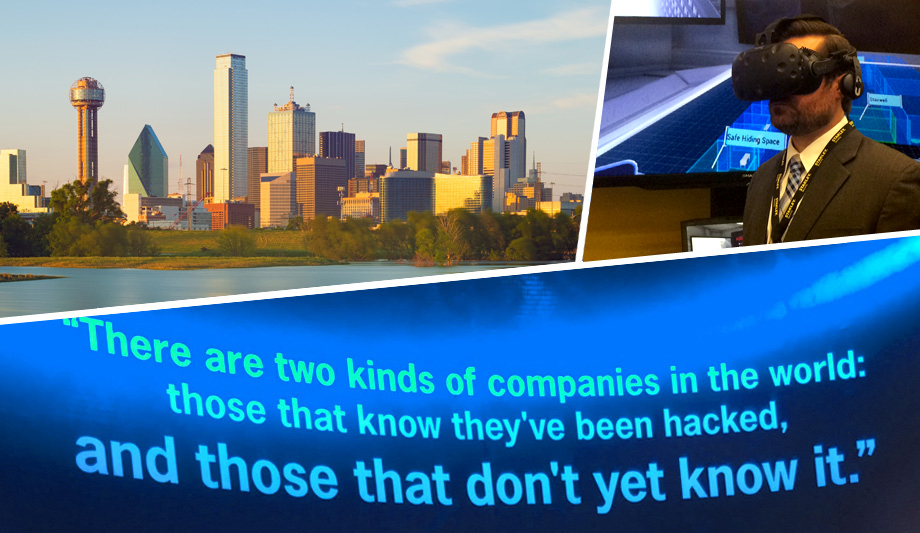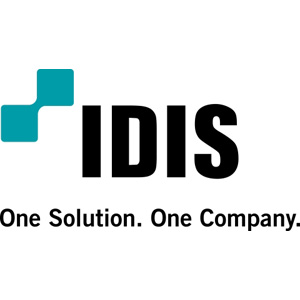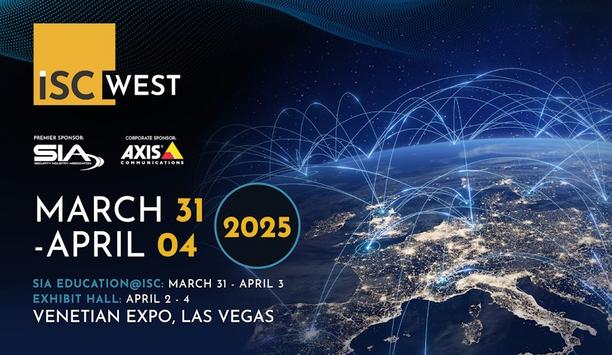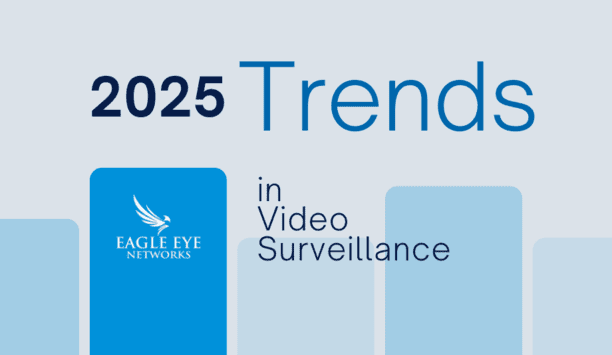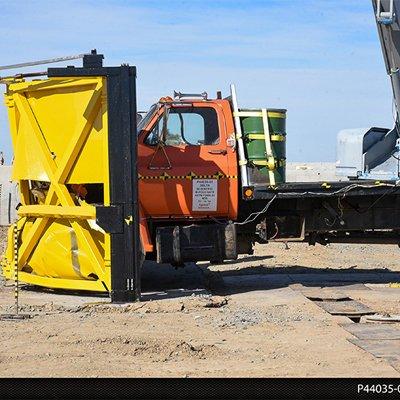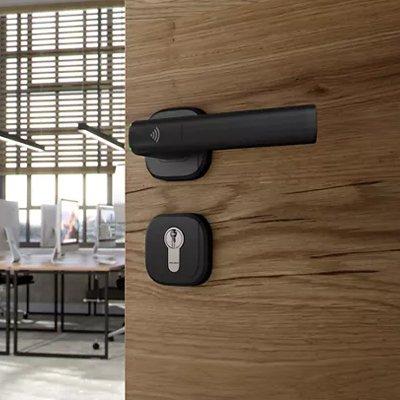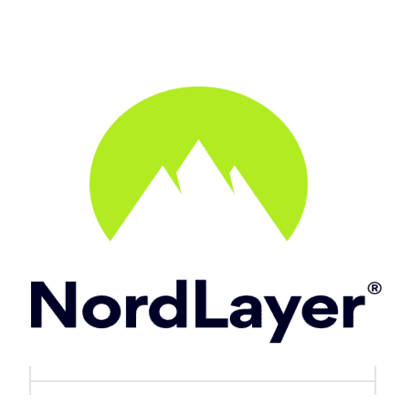As the dust settles after ASIS 2017 in Dallas, most agree it was a good show. It was different in some respects from previous shows, but several of the changes seemed to work well. Launching the exhibition on Tuesday instead of Monday was a big hit, and who could fault the idea of happy hour drinks on the show floor? Attendance may not have broken records, but end user VIPs were among the crowd, and foot traffic held up fairly well, even on the final, shortened day.
STANLEY Security virtual reality experience
What the show lacked in big, new product announcements, it made up for in an abundance of industry buzzwords, such as virtual reality, Internet of Things, cybersecurity, and artificial intelligence.
Virtual reality (VR) is among the “enhanced” security solutions highlighted by Stanley Security at its ASIS booth. The interactive “virtual reality experience” provides training for critical response situations, such as active shooter, security assessment and suspicious behavior, and fire safety. The trainee wears VR goggles and holds two controller wands to “teleport” and to interact with elements within the environment, which can be customised to an end-user’s specific site.
The system provides realistic training scenarios to improve decision-making and reduce human error – I tried it out and managed to escape a fire. Stanley is partnering with HTX Labs to provide the system, previewed at ASIS 2017 and available in three to six months.
Another theme at the Stanley Security booth was an emphasis on internet of things (IoT) management and monitoring, specifically a system that monitors a system’s health and event status at a very deep level. Continuous automated oversight of a customer’s system reduces downtime, enhances safety, lowers costs, and delivers automated proof of compliance to standards. The system analyses and monitors performance on a constant basis and is customisable. Stanley partners with Viakoo to provide the cloud-based system.
Cybersecurity challenge
Cybersecurity was emphasised at many ASIS booths, reflecting growing concerns in the industry and a realisation that cybersecurity is a shared challenge among manufacturers, integrators and end users. An example was the CyberVigilant system from IndigoVision, which monitors an IP video network and picks up anomalies that point to cybersecurity risks.
The patented system combines IndigoVision’s IP expertise with specific knowledge of a site’s cameras, NVRs and workstations. It can detect anomalies such as unauthorised configuration access attempts, network reconnaissance/scans, device access from unauthorised clients, shell access, use of unauthorized DNS, NTP and SMTP servers; and denial of service (DoS) attacks.
 |
| The interactive “virtual reality experience” provides training for critical response situations |
CyberVigilant is incorporated into IndigoVision’s new Control Center 15.0 software release, which also includes Control Center Mobile and artificial intelligence powered by BriefCam.
Potential impact of deep learning and AI
Software improvements were also a theme, including, for example, Open Options’ release of Version 7 of its DNA Fusion “flagship” access control software, which embraces an open platform using Mercury access control panels. The system integrates with more than 30 technology partners (to date), including manufacturers of intelligent locks, video management systems, critical communications, elevator systems, and other solutions. Features include an updated user interface, and operation reminiscent of the familiar Microsoft look and feel. A differentiator is a “drag-and-drop” capability, allowing customers to “drag” an access level and associate it with an individual cardholder or a group.
The potential impact of deep learning and artificial intelligence (AI) is just now working its way through the market. Video companies like IDIS are evaluating AI and developing systems to implement it, likely in the next few months (in time for ISC West?)
“We want to make sure our AI-based video analytics meet the needs of the market,” says Josh Keaton, IDIS America regional sales manager. He says much of the early implementations of AI are aimed at showcasing a company’s capabilities rather than solving real-world problems.
IDIS’ Deep Learning Analytics (IDLA) engine, still being developed, is built on 2.6 million images of people, buses, and vehicles, and the company will seek to double that number going forward and to broaden the categories.
“The founders of IDIS have a background in video analytics and AI, so we are committed that when our AI hits the market, it will serve the real world,” says Keaton. “The idea of deep learning is that you can look at a scene and natively understand how the pattern has changed,” he adds. “You can’t categorise everything; the camera has to learn.”
Transport, enterprise and smart cities
Some of the companies seeking to leverage the power of the ASIS show did not have booths on the show floor. Some players, such as VidSys, met with end users and integrators in meeting rooms in the adjacent Omni hotel. (VidSys was also a partner in the Motorola booth.) “It’s the largest turnout we have ever had,” said Neil Chung, VidSys vice president, systems and solutions engineering.
 |
| IDIS’ Deep Learning Analytics (IDLA) engine contributed to the high profile of artificial intelligence (AI) at the show |
The converged security and information management (CSIM) company was highlighting a suite of video and big data analytics capabilities added to their system through a partnership with Micro Focus. The AI system works “in the background” to characterise and filter out anomalies (false positives) to alert customers only to situations that require attention. VidSys focuses on large transportation, commercial campus/enterprise customers, and smart cities, where they interface with a variety of sensors.
“The most excitement is over our social media integration and how external events can affect their business,” says Chung. In addition to security and other internal systems, VidSys can monitor outside sources, such as RSS and Twitter feeds through technology partners such as DataMiner. “If an event happens near a customer facility, we can use our business rules to notify them. People are realising that there’s more information outside the systems that they control, and they want to start taking advantage of it.”
The move to road shows
Another company not exhibiting at ASIS 2017 was Lenel Systems International, which is redirecting the marketing funds from exhibiting at ASIS to a series of “road shows” to spread the word about what’s new with the company. I caught up with Ross McKay, Lenel’s Global Director of Product Management, who provided an update.
Lenel’s new OnGuard release (v7.4) is coming in December, including a thin client monitoring app, the newest element in a trend toward operating OnGuard through mobile devices. “We are at a tipping point,” says McKay. “Customers can do the job without being behind a desktop. Guards can do their jobs while mobile.”
The concept of a centralized control center is being questioned, and security operations are becoming more decentralised and device-independent. “The thick client is dying,” he says. “They will coexist for the immediate future.”
OnGuard v7.4
The next release of OnGuard will also proactively support customers’ move to the cloud. Customers want to be able to put physical security servers in the cloud (such as Microsoft Azure). “The thin client and the cloud story – the webisation and the cloudisation of OnGuard -- go hand-in-hand,” says McKay. The changes are driving adoption of OnGuard into a lower tier of customers (small- and medium-sized businesses), although the enterprise will continue to be Lenel’s main market. A full SAAS solution is forthcoming in April 2018.)
Lenel will also be releasing a new version of the Blue Diamond mobile app, which leverages Bluetooth technology to enable a mobile phone to serve as an access control credential. The new version will enable favourites, allow nicknaming of doors, and quick-connect to favorite doors to simplify operation.
Despite the shift in marketing approach, McKay says Lenel continues to be a big supporter of the ASIS show. “ASIS is alive and healthy and will continue to be vibrant, continuing to reinvent itself,” he says. Attendees at this year’s show would likely agree.
